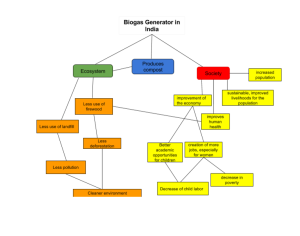I am from New York City and according to the Nathan World Map of Natural Disasters, my area is more susceptible to tropical cyclones, hailstorms, extra tropical (snowstorms) and based on some of the natural disasters (whether small or disastrous) that I have witnessed, like Hurricane Sandy in 2012, I can say that this map is accurate and well suited for this task. It also shows that my area belongs in zone 3 when it comes to the frequency and intensity of tornadoes but I have personally never experienced this in the city, but I know certain natural disasters are much more severe in other parts of New York State.
From the Hungarian National Association of RSOE and EDIS map, I chose to focus on the earthquake of magnitude 5.4 that occurred in Amahai, Indonesian Archipelago, Indonesia that occurred earlier today. It was classed as a moderately severe earthquake as there were some impacts and effects. The Indonesian population actually felt the ground shaking, some had trouble walking, objects fell and there were slight damages to walls. Based on some research that I did, I found that New York City is not completely immune to the threat of earthquakes, as they have occurred in this region in the past. Earthquakes with a 5.0 magnitude could potentially take place in New York City, they are extremely uncommon though. If a moderately severe earthquake were to occur in the city, it would have some pretty intense consequences considering the population density and the infrastructure, so if this same earthquake in Indonesia had taken place in New York, it could have been fairly disastrous, some lives could have been lost.
One of the biggest natural hazards that New York City faces are severe winter storms, with heavy snow, hail and extremely, below degree weathers. Since moving to New York in 2008, I can not remember recall of a year when there was not at least one day off for the entire city, schools, work places because of the severity of a snowstorm or the weather being way too cold. Hurricane Sandy, one of the biggest and most historical hurricanes of New York caused some pretty great damage to certain areas of the city and New York in general, people’s electricity was cut off, windows were shattered, there were floods, my own high school even got flooded, resulting in 2 weeks of no school.’
I believe one of the best ways of dealing with potential natural hazards in my area or any area for that matter is through education and awareness. A lot of people are not aware of some of the dangerous natural disasters that could one day occur in New York and because of that, we are not prepared for such weathers. People should pay much closer attention to the weather reports and predictions. There should be effective rescue back up plans put in place in case natural hazards occur. Different areas in New York City are affected and respond differently to natural hazards, in some areas, the outcomes are much more severe and dangerous than others. I believe being aware of one’s environment and how vulnerable it is to natural disasters and then planning accordingly would definitely be beneficial. There should also be more homes and buildings with basements that could be used for shelter. One thing I know for sure that I could do is inform the people around me about the weather, the risks through different platforms (social media, telephone etc).

